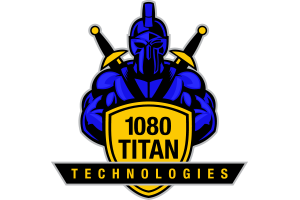



1080 Titan Technologies strives to provide the best comprehensive IT, Computer, and Networking services to small businesses. We can handle all of your organization's technology challenges.
Contact UsLearn more about what 1080 Titan Technologies can do for your business.
8735 Dunwoody Place #6684,
Atlanta, Georgia 30350
Call us: (404) 800-7946